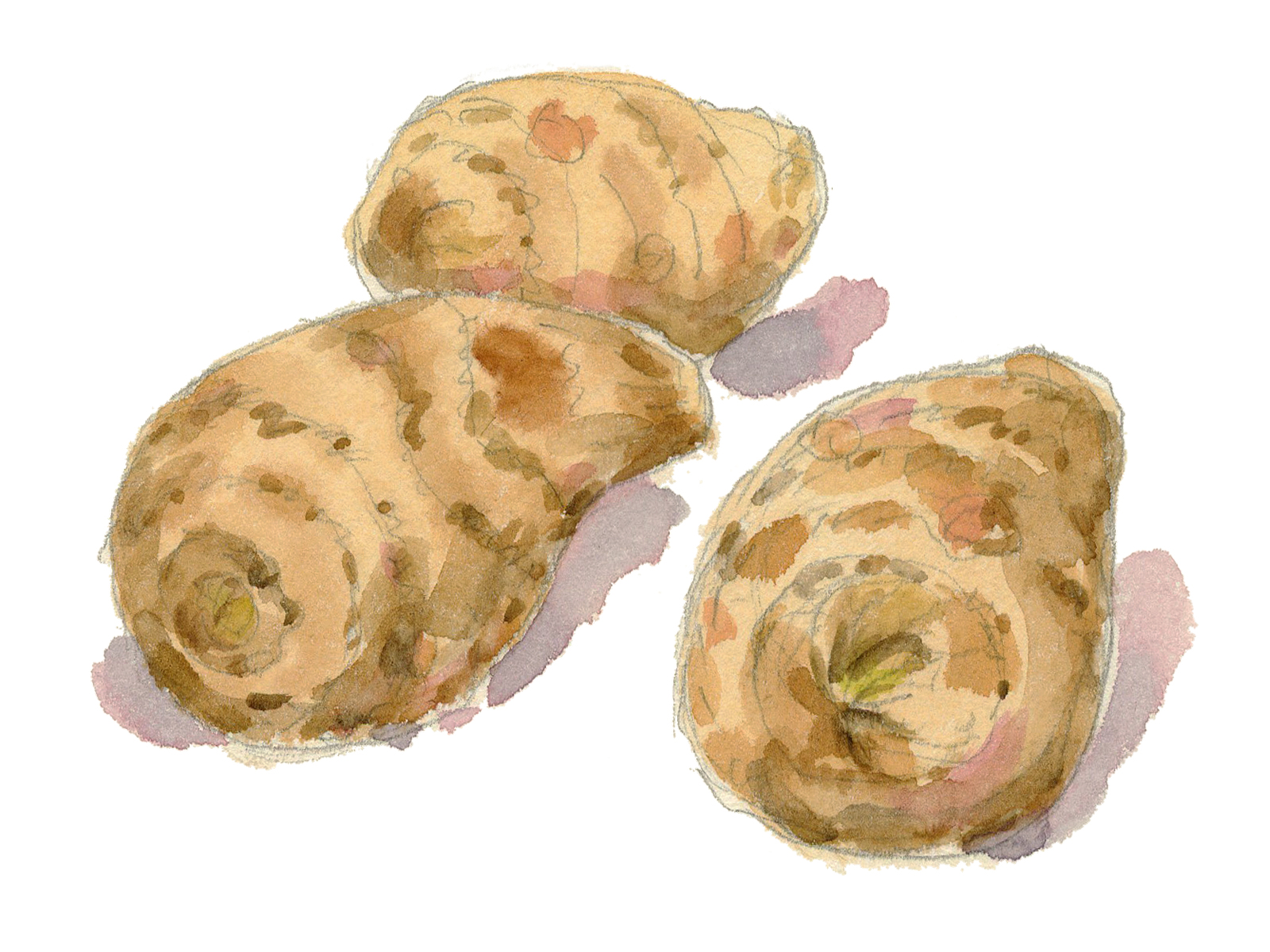Abstract
The 2022 autumn-winter taro (satoimo) harvest in Japan saw a peak national yield of 139,000 tons, reflecting a strong recovery in production. This is a notable increase, especially considering the stable planting area, which stood at 10,100 hectares nationwide, indicating efficient cultivation practices. Saitama led in shipping volume, with 13,700 tons, highlighting the region’s key role in taro production.
Historically, taro yields have been influenced by weather conditions, such as typhoons and heavy rains, which can damage crops. Advances in agricultural technology and farming techniques have improved both yield and crop resilience, contributing to recent increases in production despite a relatively stable cultivation area. The rise in demand for taro, driven by health trends and its versatility in Japanese cuisine, also supports consistent shipping volumes.
Autumn/winter taro harvest volume (main data).
The autumn-winter taro (satoimo) harvest in Japan has seen significant changes over the decades. In 1980, the national harvest reached its peak at 444,000 tons, driven by high demand and expansive cultivation. However, by 2022, the yield had declined to 139,000 tons, just 31.2% of its former peak. This drop reflects both shrinking cultivation areas and changes in consumer preferences.
Factors such as urbanization, aging farming populations, and increased competition from other vegetables have contributed to the reduced output. However, despite this decline, efforts to improve taro cultivation through better farming techniques and increased focus on quality have helped stabilize recent yields. Taro remains an important staple in Japanese cuisine, and its demand continues to benefit from a renewed interest in traditional foods.


The maximum is 444kt[1980] of Japan, and the current value is about 31.2%
Autumn/winter taro harvest volume (by prefecture).
In 2022, Saitama Prefecture recorded the highest yield of root vegetables in Japan at 17,900 tons, reaffirming its position as a key production area. Saitama’s success can be attributed to favorable soil conditions, advanced farming techniques, and consistent demand for root vegetables like taro, sweet potatoes, and daikon.
Over the years, Saitama has maintained strong output due to efficient cultivation practices and proximity to major markets like Tokyo. However, the overall trend in Japan shows a decline in root vegetable production, influenced by urbanization, labor shortages, and changing dietary preferences. Despite these challenges, Saitama’s commitment to innovation in agriculture has helped maintain its leading role, with quality-focused farming supporting steady yields even as the national total decreases.


The maximum is 17.9kt of Saitama, the average is 3.08kt, and the total is 139kt
Autumn/winter taro planting area (main data).
The planting area for autumn-winter taro (satoimo) in Japan has seen a substantial decline since its peak in 1973, when 31,300 hectares were cultivated. By 2022, this figure had dropped to just 32.3% of that peak, reflecting a shift in the agricultural landscape. Urbanization, a shrinking farming population, and changes in dietary habits have contributed to the reduced area.
Despite the decline, modern farming techniques and a focus on quality over quantity have helped maintain stable yields in recent years. Regions like Saitama continue to play a central role in production, leveraging their proximity to key markets. While the cultivated area has shrunk, demand for taro in traditional Japanese cuisine helps sustain the crop’s importance.


The maximum is 31.3kha[1973] of Japan, and the current value is about 32.3%
Autumn/winter taro planting area (by prefecture).
In Japanese agriculture, the area cultivated with root vegetables varies by prefecture, but in 2022 Chiba recorded the largest area overall at 860 hectares. This shows that Chiba is a particularly excellent region for root vegetable production. Chiba’s geographical conditions, climate, and advances in agricultural technology are thought to be contributing to this high cultivated area. Meanwhile, in other regions, there is variation in the area planted. This is influenced by the soil, climatic conditions, and agricultural characteristics of each region. Changing demand and market trends are also impacting acreage. In the future, it will be necessary to promote sustainable agriculture, expand cultivation in response to demand, and adopt efficient production methods.


The maximum is 860ha of Chiba, the average is 224ha, and the total is 10.1kha
Autumn/winter taro shipments.
In 2022, Saitama Prefecture recorded the highest shipping volume of autumn-winter taro (satoimo) in Japan, with 13,700 tons. This significantly surpasses the national average of 2,090 tons per prefecture, contributing to a total shipping volume of 94,300 tons across the country.
Saitama’s dominance in taro shipping is attributed to its favorable growing conditions, proximity to large markets, and efficient distribution networks. Nationwide, while total shipping volumes have declined from historical highs, steady demand for taro in traditional Japanese dishes helps maintain its importance. Advances in agricultural techniques and quality-focused production are helping stabilize shipping volumes, despite challenges like shrinking cultivation areas and labor shortages.


The maximum is 13.7kt of Saitama, the average is 2.09kt, and the total is 94.3kt



Comments